Expo no. 32 / Global
Expo 32: Life in miniature
In studios around the world, they sit with scalpels, glue and balsa wood – creating everything from mini cities to pint-sized planes and shrunken ships in order to secure big budgets to build the real thing. Monocle meets the model-makers who know that small is indeed beautiful.
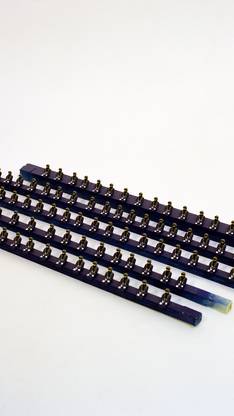
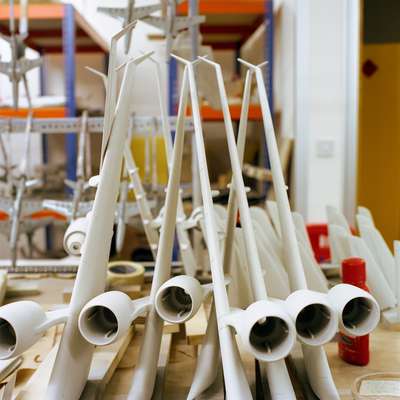

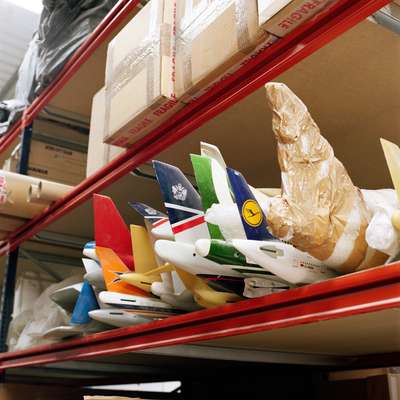
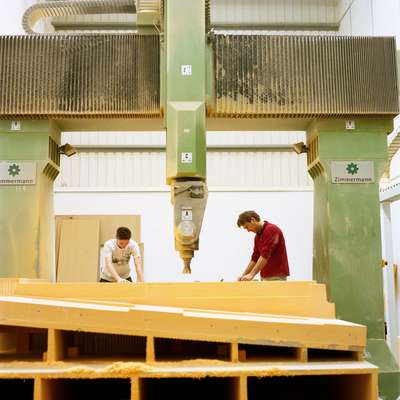
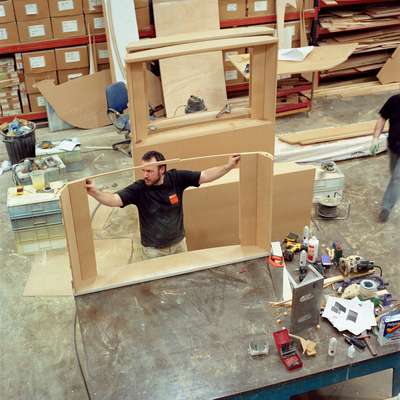
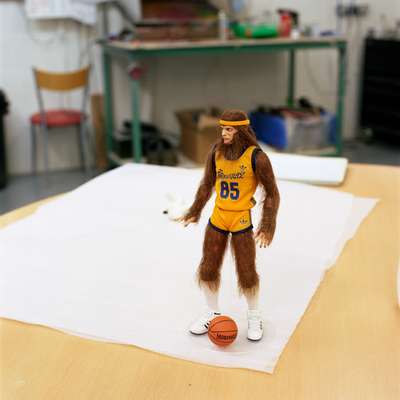
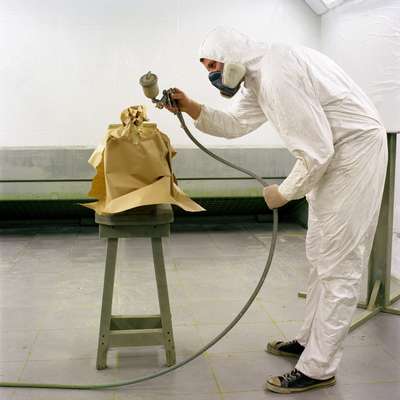
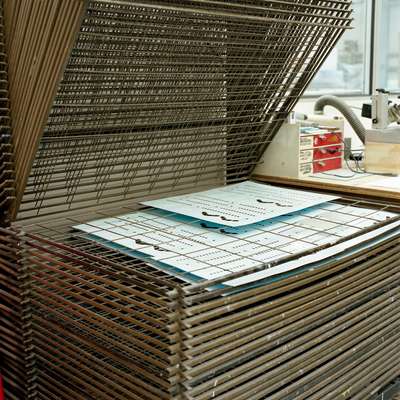
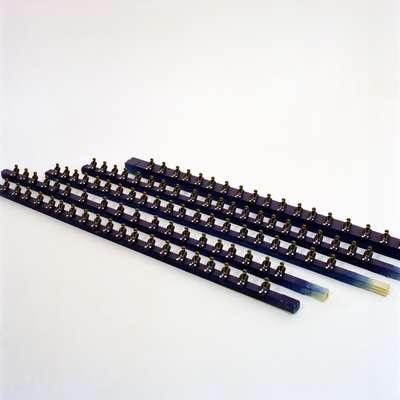
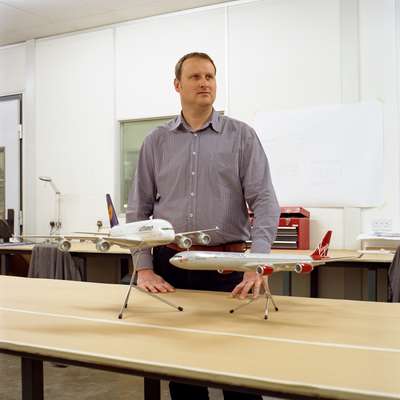
01 - Curvature, London
As managing director of a British modelling company that specialises in aircraft, Nick Phelps makes a startling confession: “I have no interest in planes at all; I’m scared of flying. But I’m very proud of what we do.” Curvature Group took shape in the 1950s, when Nick’s father set up model aircraft maker FE Phelps Models. Phelps’ team of 30 now make models of just about anything, from life-sized mock-ups of boats to prototype toys for Disney and model mobile phones for Nokia.
On the day Monocle visits, the boys in the workroom are attending to some resin A330 and Boeing 777 models for Taiwanese airline Eva Air. What’s this – a Taiwanese company outsourcing to the UK? “They don’t understand how to do one-offs. Ask them for 20,000 and they’ll get them to you by next Tuesday,” says Phelps. “In the UK we’re very good at solving problems, but not the process. We’re good at Rolls-Royces but we need someone like BMW or Mercedes to turn that into a high-volume, workable product.”
The detail-oriented handiwork here is ideal for the production of prototypes, but it means they don’t come cheap: one Air Kazakhstan A330-200 model waiting to be shipped to Airbus cost £5,000 to make (Airbus traditionally includes a 1:20 model with every new delivery to an airline). The average desktop 1:100 model can cost up to £200 to produce – Curvature produces roughly 3,000 of them a year, and has modelled for nearly every global airline, from Lufthansa to BA, Etihad to JAL. In 2008, the company’s turnover was £2.5m.
Besides commercial aircraft, Curvature also produces military planes, like the 50 Hawk 127 models hanging out to dry in the studio for Hindustan Aeronautics. Business in defence is traditionally slower, but Phelps admits frankly, “all we need is a good war and we’ll get busy again.”
Putting the finishing touches to a model for boatmakers Fairline is Dave Watkins who, like most of the staff, has been at Curvature for years. “Dave was the first person I hired 21 years ago: he’s got the hump because I didn’t buy him a gold watch last year,” laughs Phelps. “The people here are very, very skilled – most of them are university-educated in what they do. In fact, I reckon the least qualified person here is me."
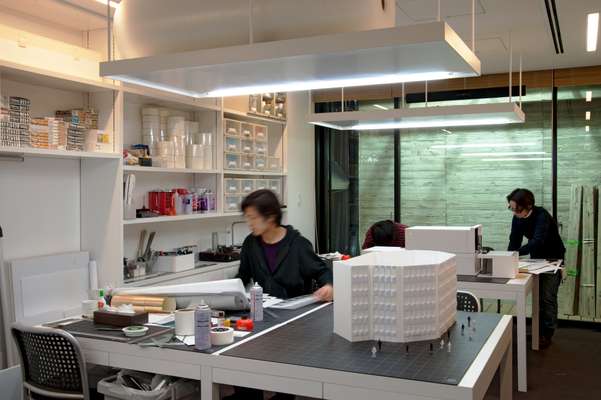
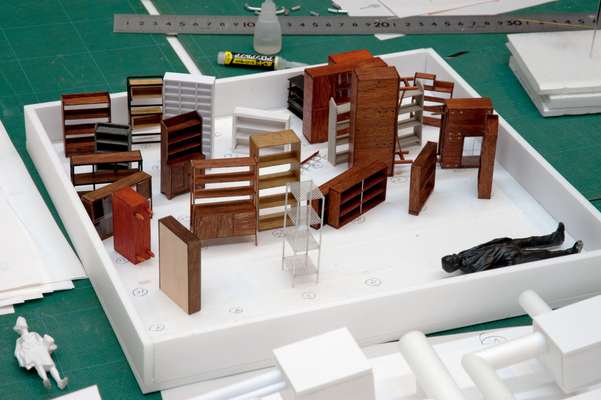
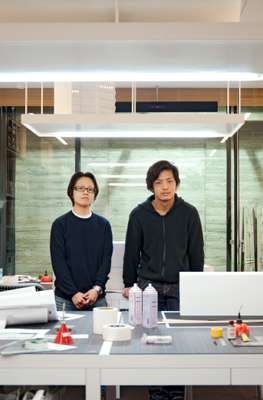
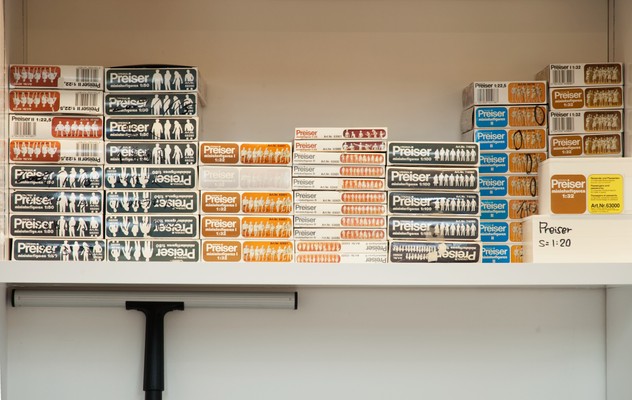
02 - Wonderwall, Tokyo
Model makers Eri Ishiwaki and Nobuto Ogawa are constantly busy making architectural models – often against the clock – at Japanese interior and retail design firm Wonderwall (see page 120). Each project takes roughly a week – although that’s a week with lots of Japanese-style late nights. The two twenty-somethings use Styrene boards to make most of the models but also employ just about any material (wood, wire) needed to realise the ideas of Wonderwall’s lead designer, Masamichi Katayama. Recent projects have included Nike’s flagship shop in Harajuku, The SOHO office complex and Uniqlo outlets in London and Paris.
Ishiwaki and Ogawa may not get the kind of exposure Katayama enjoys but their work is instrumental to the latter’s success. They build precisely executed miniatures for Wonderwall’s clients and more importantly for perfectionist Katayama to study so that he can be 100 per cent sure he is happy with every detail. The number of models produced easily exceeds 100 in a year.
With someone of Katayama’s calibre at the top of the company, it’s no wonder that the standards Ishiwaki and Ogawa set themselves are exceptionally high. Asked which project springs to mind among past works, Ishiwaki is quick to single out BAPE Store® in Shibuya, an A Bathing Ape clothes outlet, opened in 2007, which features simple interiors and a colourful, LED-lit stairway. “When I was working on the model of it, I couldn’t decorate bits near the shop entrance as precisely as I believe Katayama intended. So every time I walk by that BAPE shop, my heart aches. It reminds me that I need to be better,” she says with a smile.
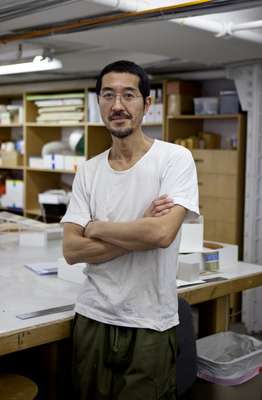
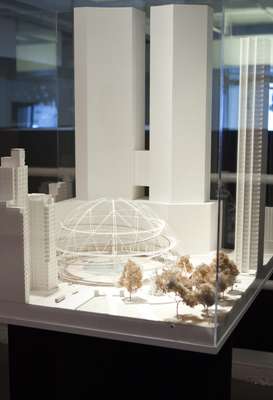
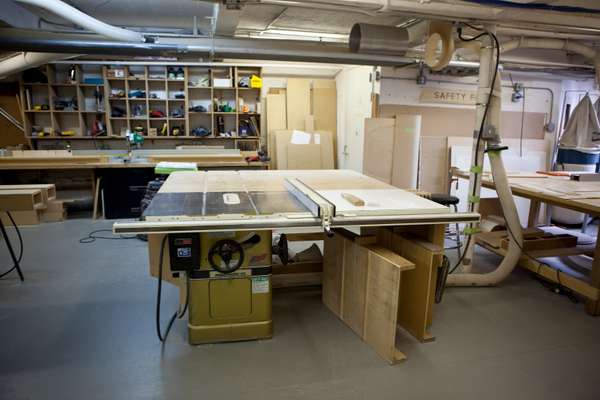
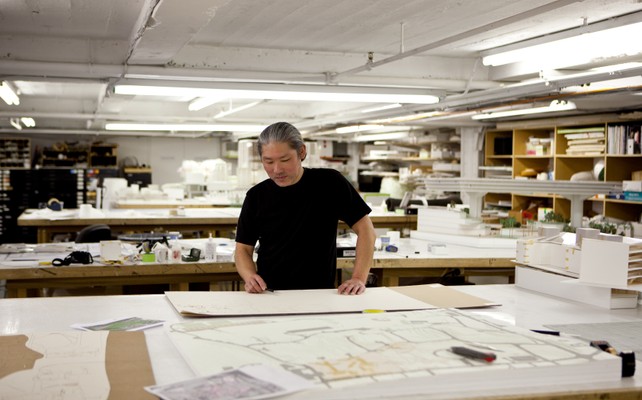
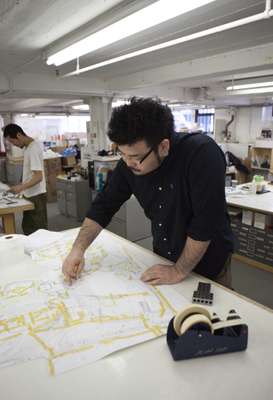
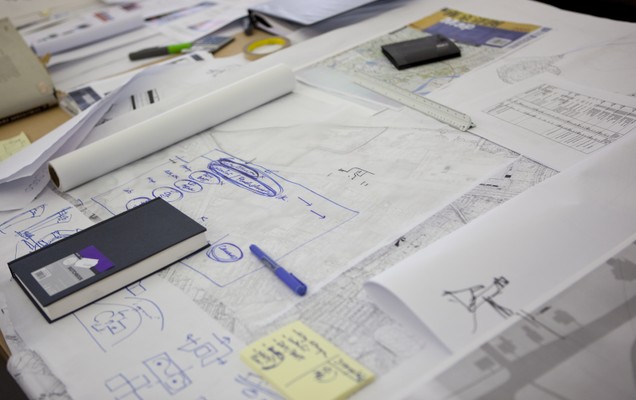

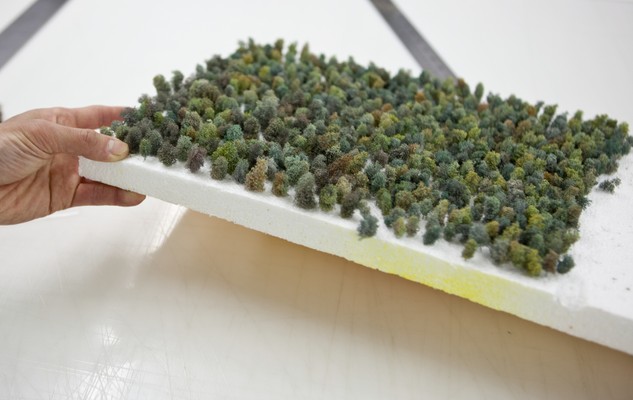

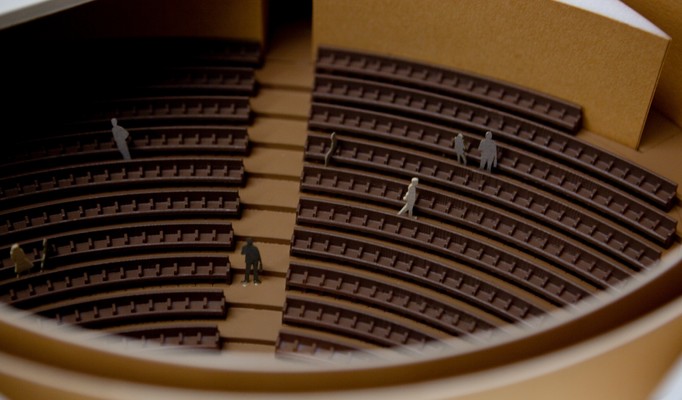

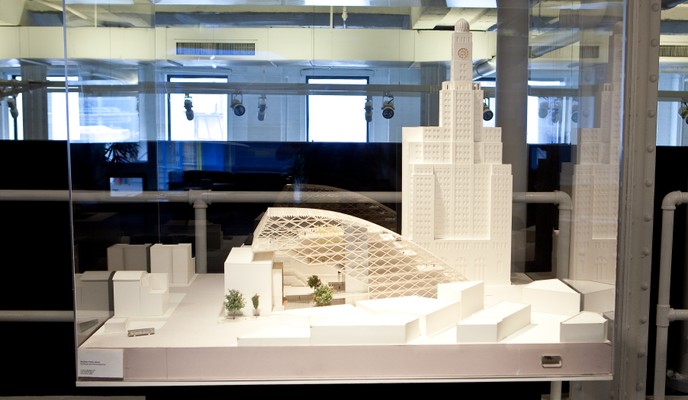


03 - Rafael Vinoly, New York
Visitors to Rafael Vinoly architects in New York’s Soho are greeted by a parade of intricate architectural models lining the entrance hall. As one of the last architectural firms to build models to accompany every single project presentation, Vinoly’s in-house model workshop is one of the biggest in the country, matched only in scale by that of Frank Gehry’s in LA.
The expansive studio employs six full-time staff. It is lined by shelves stacked with trimmings such as mini hand-painted trees cut from foam, tiny human figures and miniatures of various building types. The space is dominated by large tables where the five Japanese and one Korean model-maker sketch, trim and assemble the myriad components of each structure.
Takeshi Miyakawa has worked at Vinoly for nearly two decades. After studying architecture in Tokyo, he spent four years in construction. “I was always more interested in the physical process of building,” he says. In 1989, he moved to New York to study English and a year later began sweeping the floors of cabinet maker Stephan Rohner’s Brooklyn studio. Within two years, Miyakawa was working on Rohner’s display cases and cabinets for clients such as Barney’s and Chanel.
“My time there changed my life, I learned how to work with my hands and eyes,” he says. “I started with simple tasks like sanding and finishing pieces, and within a few months I was assembling my own furniture.” After Rohner’s foundation closed in 1992, Miyakawa followed a co-worker to Vinoly where he began work on the model for the Tokyo International Forum. The structure took 28 people eight months and cost $1m to complete. “We used to communicate through the models,” says Miyakawa, who would craft immediate paper and foam models from Vinoly’s hand-drawn sketches. For 2003’s School of Information Sciences & Technology at Penn State, he recalls making three models in a single day as he worked alongside the architect and his changing ideas.
Today computer programs such as Rhino and three-dimensional printing equipment can streamline the operation. That’s why the 3D printing and laser-cutting room at one end of the model studio is now busier than the old-fashioned craft workshop at the other. “It all started to change several years ago, and now very few of the architects from upstairs work with us on the models, but even if the parts are designed and made by a computer they still need to be assembled by hand.” Around half of the model-makers use the modelling software, while the rest use their hands to paint, cut and shape pieces of paper, wood and foam into delicate structures.
“Model making is an expression of architecture,” says Takeshi, and it’s clearly an art that architects such as Vinoly are not willing to lose. In 2001, when Miyakawa tried to leave the firm to focus on his furniture business, the architect convinced him to stay. Nine years on and the pair are still trusted partners. “Vinoly knows that the best way to present a project to a client is through a model,” says Miyakawa, “people can find drawing and renderings hard to understand.”
So, until machines can plot the perfect mini forest, or sensitively bend strips of wood into a dome structure, Miyakawa and his team will continue to expertly craft even the most hi-tech of Vinoly’s designs.
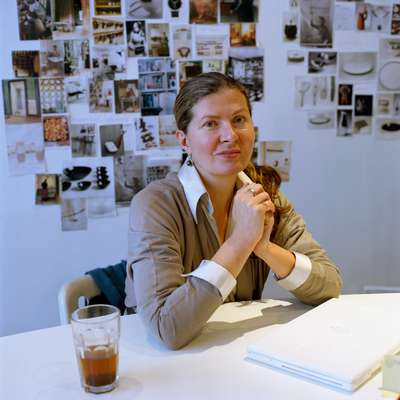
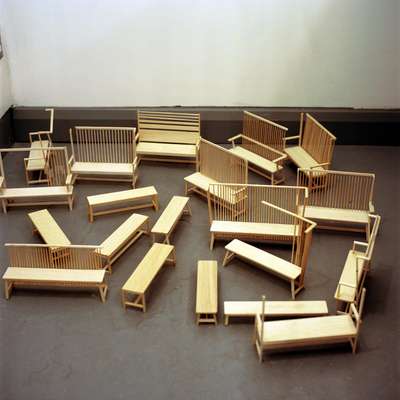
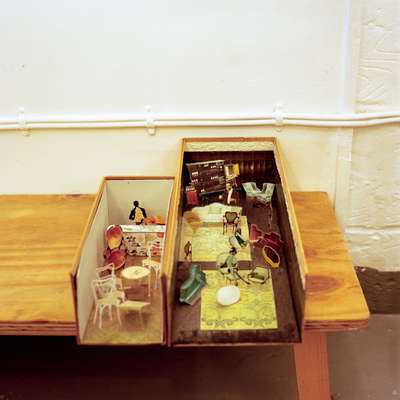

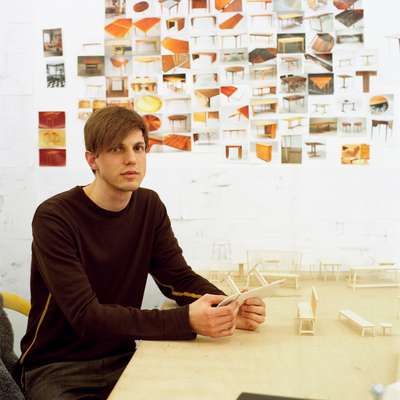
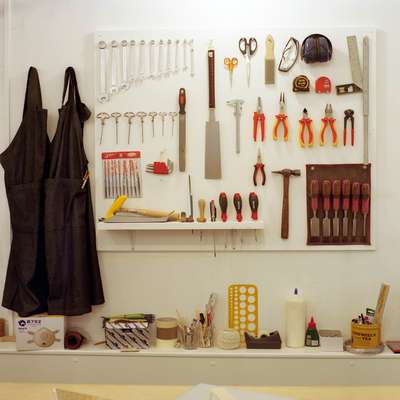
04 - Studioilse, London
Head of product Simon Kaempfer is just settling into the new workshop of Ilse Crawford’s Studioilse. What was until recently a Latin American café has been converted into a cosy design outpost – a five-minute walk from their main building – for the company whose projects have included furniture, lighting and glassware.
Kaempfer has been managing Crawford’s product design singlehandedly since taking on the job two years ago but has just gained two new designers to add to the firm’s 17-strong team.
There is no sign of digital renderings here. Mouse pads are replaced with cutting mats, and a series of miniature wooden benches and stools line the shelves (some already in production in Portugal with furniture company De La Espada). And the walls are covered with a collage of photos of places, objects and materials that are used for inspiration. “I’ve been living with these photos for about two years,” says Kaempfer, 28, who is originally from Switzerland. Indeed almost everything here is analogue and products are described as belonging to families and not a “range”, a dirty word for Studioilse, whose whole human-centred design philosophy is more focused on storylines than bottom lines.
Kaempfer, who studied ceramics and design in Bern and Eindhoven, makes his models out of balsa wood, clay or paper. Furniture is made to a ratio of 1:10 – anything smaller, such as a bedside lamp for Swedish lighting company Wästberg, is produced 1:1.
The studio has two rooms: one for thinking, and the other for doing, explains Ilse Crawford. The models serve as a way – the best way – to test one against the other. And, Kaempfer adds, “renderings make things look too finished. With a model you leave the space for interpretation”. In the 2009 redesign of Kettner’s restaurant in London, the models – able to convey a much stronger sense of atmosphere than images – were used as a reference point when too-bright lighting and too-cheap wood flooring skewed their vision.
What the model provides, to Studioilse, is a way of giving emotion and tangibility to their ideas. “The miniaturisation is something we can all understand, and you can start to see how the human being would interact with the product,” says Crawford, toying with one of the models. “The starting point of this table was the idea of a table that brings people together.” This approach not only adds value to their work but also helps convince clients of their direction.
But despite several projects on the go, Studioilse staff work at their own careful pace – pen is never put immediately to paper. When so many firms are being driven to churn out new products for yearly fairs like the Salone de Mobile, Crawford and Kaempfer are perhaps a dying breed of romantics who believe good design takes time to incubate.


